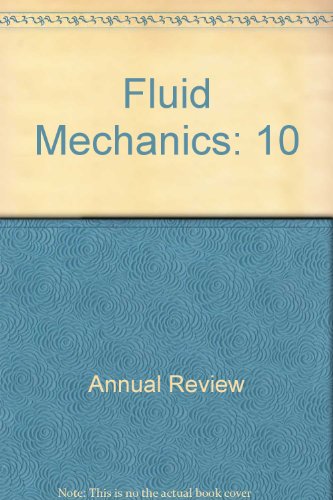燃烧器中的热声不稳定性
IF 30.2
1区 工程技术
Q1 MECHANICS
引用次数: 0
摘要
热声不稳定性是由于声波和不稳定热释放率之间的双向耦合而产生的流动不稳定性。它可以在燃气轮机、航空发动机、火箭发动机等的燃烧器中造成破坏性的大振幅振荡,而向脱碳燃料的过渡很可能会带来新的热声不稳定性问题。本综述侧重于实际的热声不稳定性问题,特别是燃气轮机燃烧器中的热声不稳定性问题,介绍了常用的燃烧器类型和燃烧器几何形状。它讨论了支撑其声学和非稳态火焰行为的相关流动物理学,包括不同类型燃烧器和燃烧器之间的差异。预测热声不稳定性的计算工具可分为直接计算法和耦合/混合计算法,前者通过单一的流动模拟解决所有最重要的长度尺度和时间尺度问题,后者则将声波和火焰的单独计算处理结合起来,利用与之相关的长度尺度上的巨大差异。本文列举了对现实燃烧器中热声不稳定性进行成功计算预测的实例,并对该领域的未来研究进行了展望。本文章由计算机程序翻译,如有差异,请以英文原文为准。
Thermoacoustic Instability in Combustors
Thermoacoustic instability is a flow instability that arises due to a two-way coupling between acoustic waves and unsteady heat release rate. It can cause damaging, large-amplitude oscillations in the combustors of gas turbines, aeroengines, rocket engines, etc., and the transition to decarbonized fuels is likely to introduce new thermoacoustic instability problems. With a focus on practical thermoacoustic instability problems, especially in gas turbine combustors, this review presents the common types of combustor and burner geometry used. It discusses the relevant flow physics underpinning their acoustic and unsteady flame behaviors, including how these differ across combustor and burner types. Computational tools for predicting thermoacoustic instability can be categorized into direct computational approaches, in which a single flow simulation resolves all of the most important length scales and timescales, and coupled/hybrid approaches, which couple separate computational treatments for the acoustic waves and flame, exploiting the large disparity in length scales associated with these. Examples of successful computational prediction of thermoacoustic instability in realistic combustors are given, along with outlooks for future research in this area.
求助全文
通过发布文献求助,成功后即可免费获取论文全文。
去求助
来源期刊
CiteScore
54.00
自引率
0.40%
发文量
43
期刊介绍:
The Annual Review of Fluid Mechanics is a longstanding publication dating back to 1969 that explores noteworthy advancements in the field of fluid mechanics. Its comprehensive coverage includes various topics such as the historical and foundational aspects of fluid mechanics, non-newtonian fluids and rheology, both incompressible and compressible fluids, plasma flow, flow stability, multi-phase flows, heat and species transport, fluid flow control, combustion, turbulence, shock waves, and explosions.
Recently, an important development has occurred for this journal. It has transitioned from a gated access model to an open access platform through Annual Reviews' innovative Subscribe to Open program. Consequently, all articles published in the current volume are now freely accessible to the public under a Creative Commons Attribution (CC BY) license.
This new approach not only ensures broader dissemination of research in fluid mechanics but also fosters a more inclusive and collaborative scientific community.

 求助内容:
求助内容: 应助结果提醒方式:
应助结果提醒方式:


